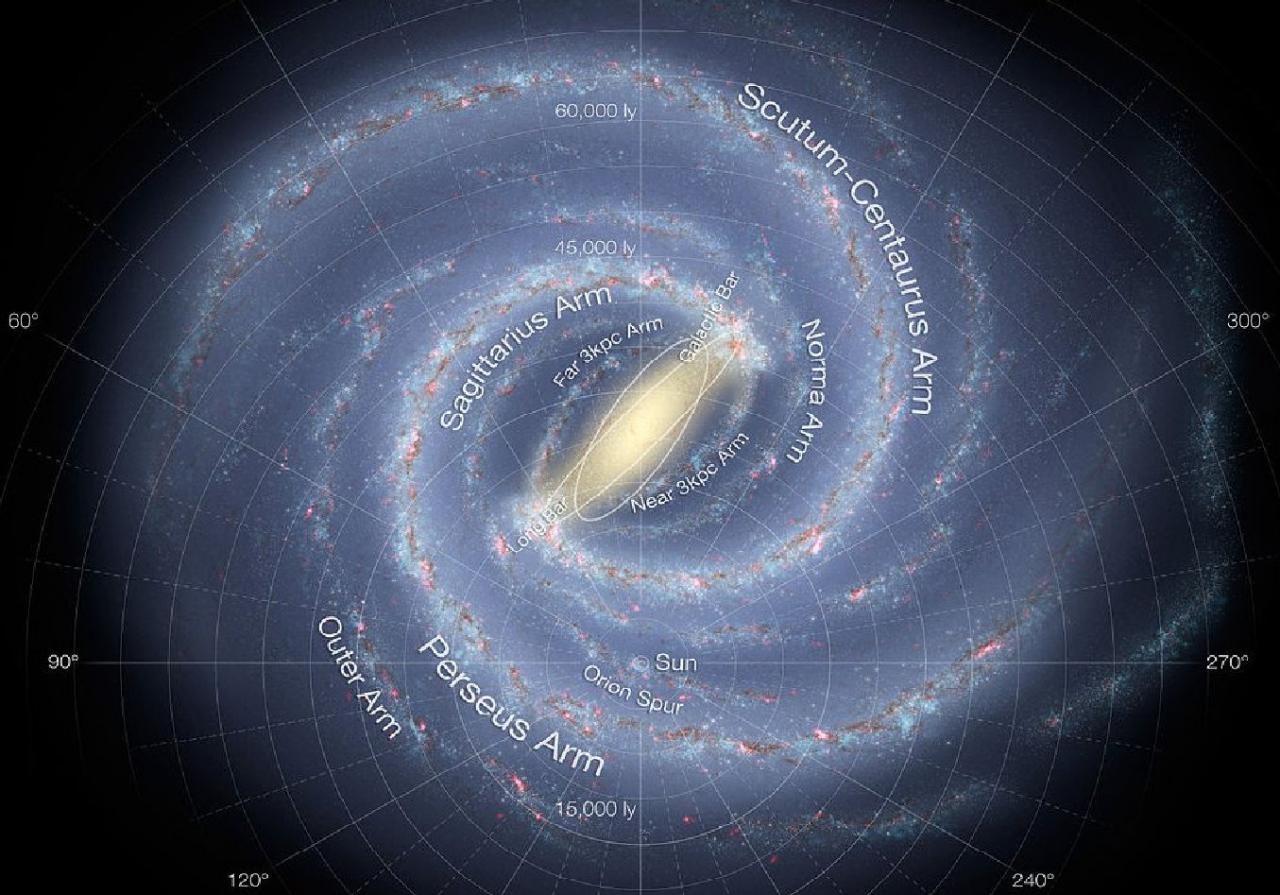General
This project consists of two parts, each differentiated but both complementary: morphology and dynamics. Detailed study of the morphology of the Milky Way pretends to provide a data base for the stellar distribution in the most remote and heavily obscured regions of our Galaxy, through the development of semiempirical models based on the information in these catalogues. Kinematic and dynamical analysis, on the other hand, aims to aid our understanding of the origin of these observed features.
Our group has used a combination of its own data (which will include in the future spectroscopical observations with GRANTECAN/EMIR) and public-domain catalogues either in photometry (DENIS, 2MASS, UKIDSS, VISTA, SDSS) or spectroscopy (SDSS-APOGEE in near infrared, LAMOST). We have gathered detailed information on the stellar distribution of the dominant populations over a wide area of sky containing different structural components: the triaxial bulge, the long bar, the disc, the spiral arms, etc. The components of gas and dust are also a matter of study in infrared, or in microwave (analyses of Galactic contamination over the cosmic microwave background radiation, for instance with WMAP or PLANCK). Our research team has also become part of the Spanish node of Gaia with the idea of orientating part of our work towards the scientific exploitation of this mission, particularly with regard to the identification and study of large scale stellar populations in the Galaxy.
Members
Results
- Milky Way's disk much larger than previously thought. See press release of IAC: http://www.iac.es/divulgacion.php?op1=16&id=1385&lang=en


